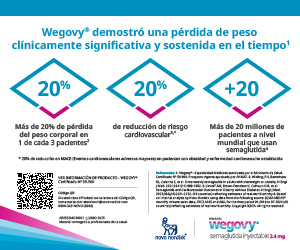Clinical simulation as a learning paradigm shift
Keywords:
clinical simulation, diabetesAbstract
Clinical simulation has become a key tool related to health care professionals training, bringing a safe environment where learners and professionals can acquire, practice and improve some skills without putting in risk patient and oneself safety. It is worth mentioning clinical simulation benefits in the frame of learning experience: practical learning, critical resources management, error reduction, team work, trust and competences.
References
I. Rosen MA, Hunt EA, Pronovost PJ, Federowicz MA, Weaver SJ. In situ simulation in continuing education for the health care professions: a systematic review. J Contin Educ Health Prof. 2012 Fall;32(4):243-54. doi: 10.1002/chp.21152.
II. Rocco, C, Garrido, A. Seguridad del paciente y cultura de seguridad. Rev Med Clin Condes 2017; 28(5) 785-795.
III. Roussin CJ, Weinstock P. SimZones: an organizational innovation for simulation programs and centers. Acad Med 2017 Aug;92(8):1114-1120. doi: 10.1097/ACM.0000000000001746.
IV. Rudolph JW, Raemer DB, Simon R. Establishing a safe container for learning in simulation: the role of the presimulation briefing. Simul Healthc. 2014 Dec;9(6):339-49. doi: 10.1097/SIH.0000000000000047.
Downloads
Published
Issue
Section
License
Copyright (c) 2024 on behalf of the authors. Reproduction rights: Argentine Society of Diabetes

This work is licensed under a Creative Commons Attribution-NonCommercial-NoDerivatives 4.0 International License.
Dirección Nacional de Derecho de Autor, Exp. N° 5.333.129. Instituto Nacional de la Propiedad Industrial, Marca «Revista de la Sociedad Argentina de Diabetes - Asociación Civil» N° de concesión 2.605.405 y N° de disposición 1.404/13.
La Revista de la SAD está licenciada bajo Licencia Creative Commons Atribución – No Comercial – Sin Obra Derivada 4.0 Internacional.
Por otra parte, la Revista SAD permite que los autores mantengan los derechos de autor sin restricciones.




























